You’ve bookmarked another “100 Best AI Tools” list. Your browser has 47 tabs open. You’re paying for 6 different AI subscriptions you barely use. Sound familiar? This is AI tool fatigue. And it’s killing your productivity, not helping it.
Employees who frequently use AI report 45% burnout rates compared to 35% for people who rarely use it. More tools equals more stress. Research shows 41% of workers have encountered AI-generated output that cost nearly 2 hours of rework per instance.
You’re not using AI wrong. You’re using too much AI.You don’t need 100 AI tools. You need four. Maybe five. These are the best AI productivity tools backed by real usage data from millions of people, not marketing hype from companies trying to sell you subscriptions.
The 4-Tool Framework That Actually Works

The 80/20 rule applies to your AI tool stack. Twenty percent of your tools handle 80% of your actual work. The rest? They’re just taking up space in your browser bookmarks.
Conversation. One AI chatbot for writing, research, and problem-solving. Not three. One.
Design. One visual tool for graphics, presentations, and videos. Pick it and stick with it.
Automation. One platform to connect your apps and eliminate repetitive tasks.
Your specialty. One tool specific to your industry or main work task.
That’s it. Four tools. Not forty.
Each tool should be best-in-class with millions of real users. You want proven technology, not the hot new startup that might disappear next month. The tools in your essential AI software stack need track records you can verify.
A four-tool AI productivity suite reduces context switching by roughly 65%. That means more time actually working and less time clicking between tabs trying to remember which tool does what.
Tool#1: ChatGPT or Claude (Conversational AI)

Pick one. ChatGPT or Claude. You need a best AI chatbot that handles writing, research, and thinking work. These two lead the pack. Both cost $20 per month. Both will save you hours every week.
ChatGPT: The Popular Choice

ChatGPT has 800 million people using it every week. That’s not hype. That’s real usage. It controls 60.6% of the US market for conversational AI tools.
About 70% of ChatGPT conversations aren’t work-related at all. People use it for learning new topics, planning trips, getting homework help, and asking random questions. It’s the Swiss Army knife of AI chatbots.
ChatGPT works with images, voice, and text. You can upload a photo and ask questions about it. You can talk to it out loud. It connects with thousands of other apps through plugins.
Claude: The Professional’s Tool
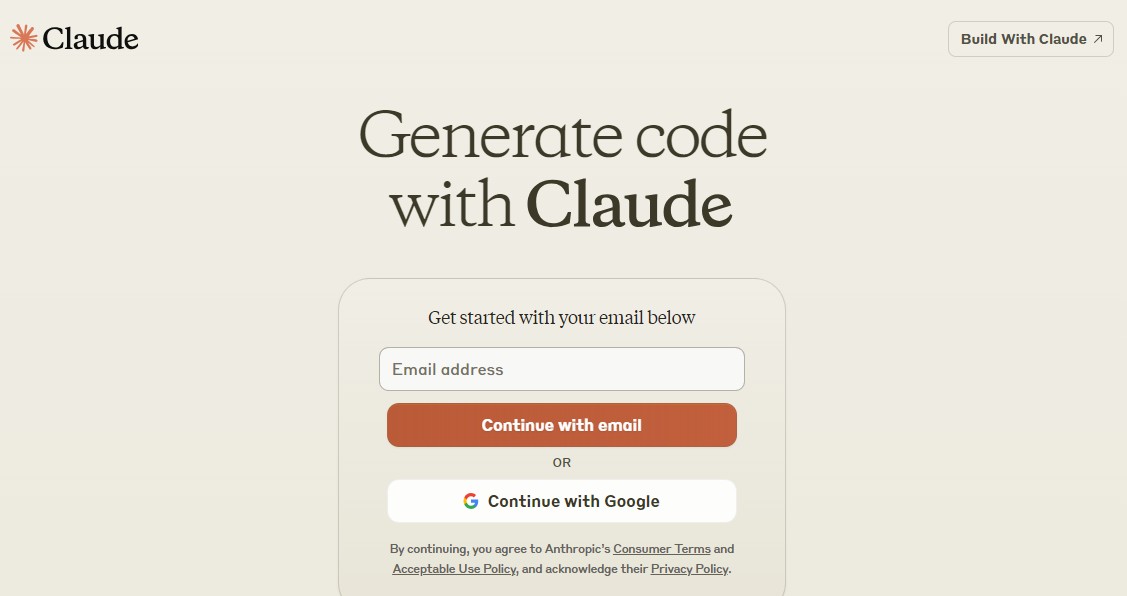
Claude has 18.9 million monthly users and is growing 14% every quarter. Smaller user base, but different crowd. Claude grabbed 29% of the enterprise market. Big companies trust it for sensitive work.
36% of Claude usage is coding. Compare that to ChatGPT’s 4.2%. Claude’s users are developers, researchers, and business professionals doing heavy analytical work.
Claude handles long documents better. You can drop in a 50-page report and ask specific questions. It’s built for safety and accuracy, which matters when you’re making business decisions.
What You’ll Actually Use Them For
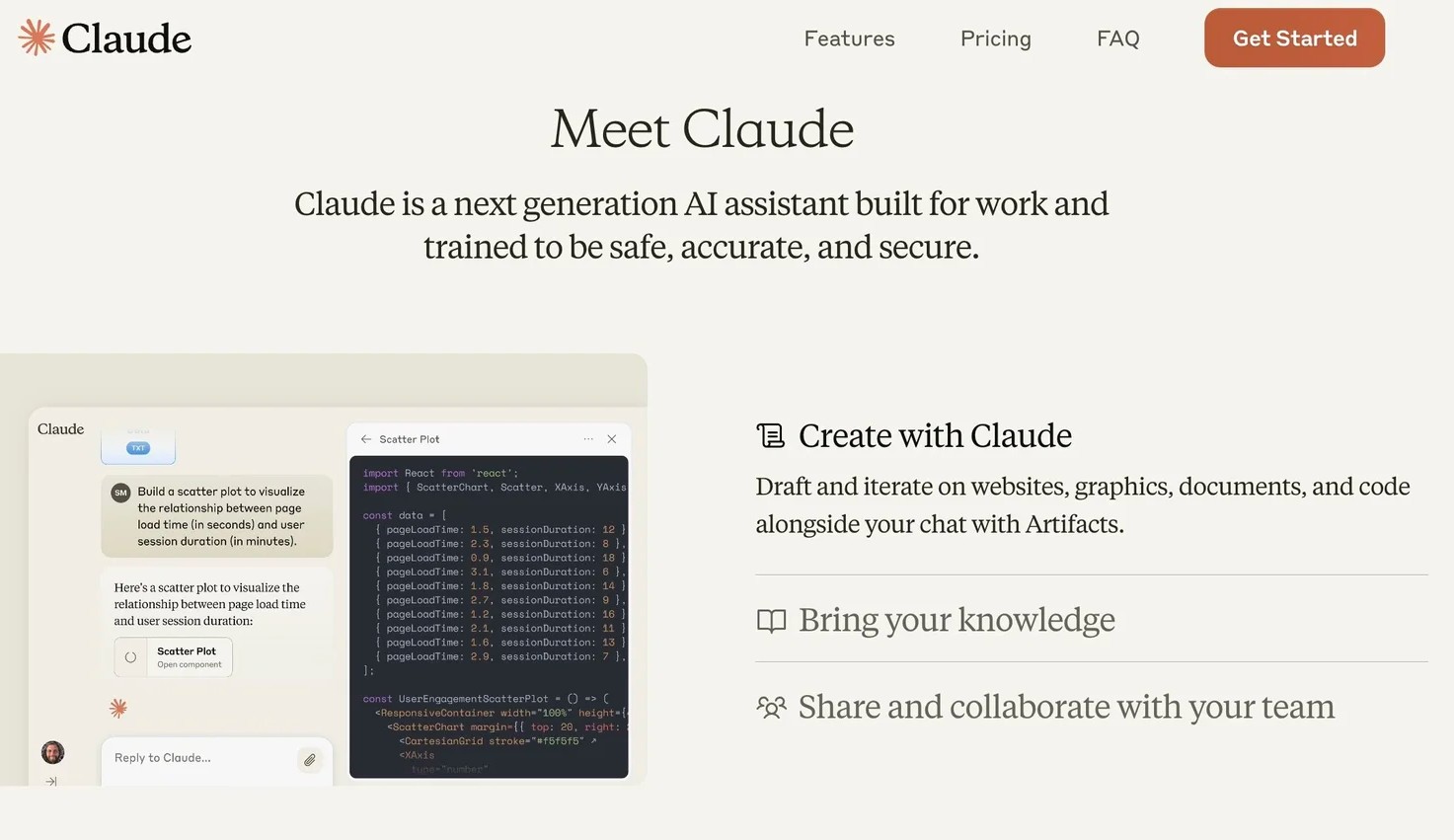
Writing: Blog posts, email drafts, social media content. Type “write a LinkedIn post about [topic]” and get a solid first draft in seconds.
Research: “Summarize the latest trends in [your industry]” gives you a head start on market analysis. Better than spending two hours on Google.
Brainstorming: Stuck on a project? Ask either tool to generate 10 different approaches. Pick the best one and run with it.
Decision support: ChatGPT users get the most value when they treat it like an advisor, not a task robot . Ask “what am I missing?” instead of “do this for me.”
Tool #2: Canva (Visual Content Creation)

Social media posts. Presentations. Email headers. Ads. Reports. The list never ends. You have three options: hire a designer ($3,000+ per month), learn Photoshop (100+ hours), or use Canva (10 minutes to your first design).
240 million people choose Canva every month. They create 38.5 million designs every single day. That’s not because it’s trendy. It’s because it works.
Why Canva Wins for Graphic Design Tools 2025

Between 85% and 95% of Fortune 500 companies use Canva. These are billion-dollar companies with professional design teams. They still use Canva.
Salesforce is a real example. They reduced their cost per design by 66% and increased design output by 63%. More designs, less money, faster results.
Canva brings in $3 billion in revenue and has powered 35+ billion total designs. People pay for it because it saves them money everywhere else.
Tool #3: Zapier or Make (Automation)
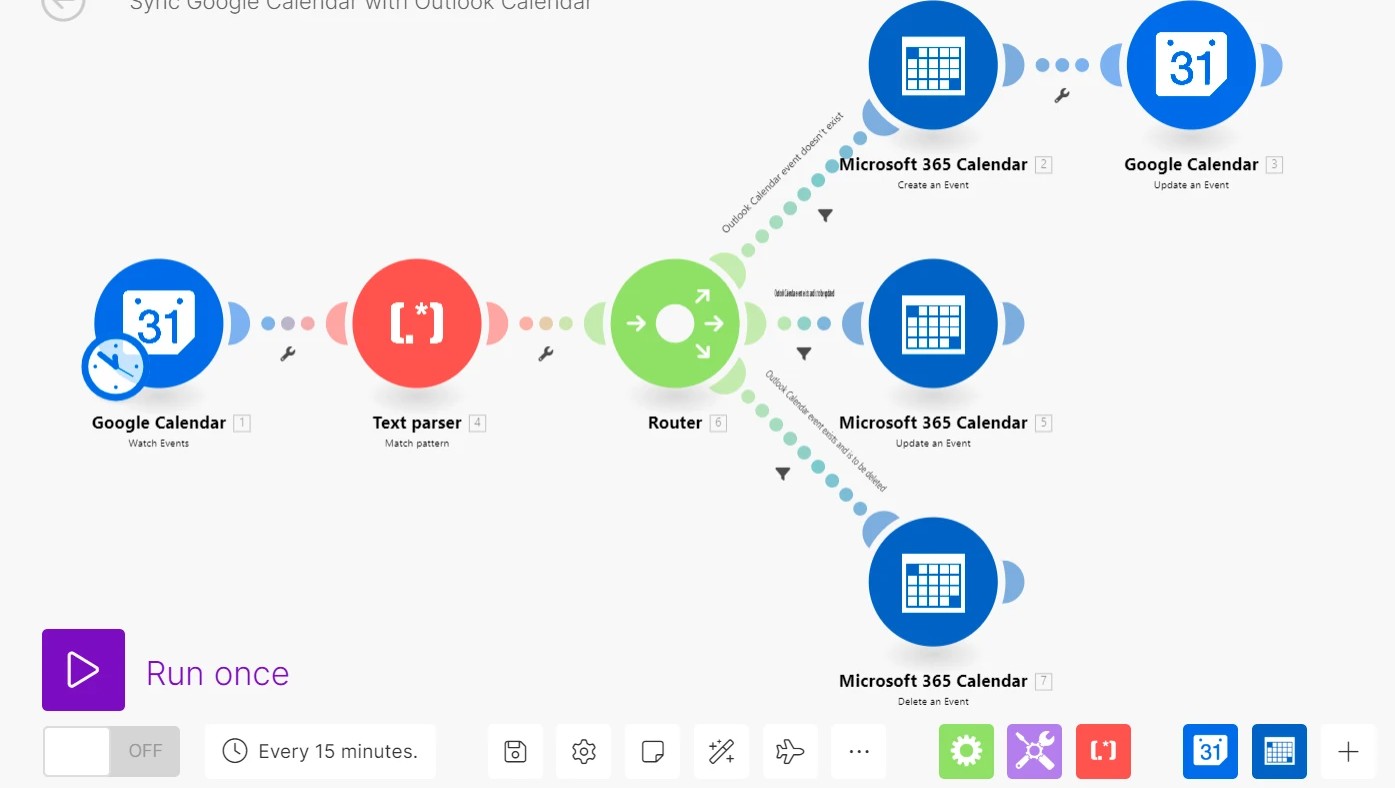
Copy data from email to spreadsheet. Add new leads to your CRM. Post content to five different platforms. Send reminder emails. Update databases. Check for new responses.
These tasks take 10 minutes each. Do them 5 times a day, that’s 50 minutes. Multiply by 5 work days, that’s 4 hours per week. That’s 208 hours per year doing robot work.
How Zapier Works

Pick a trigger: “When someone fills out my contact form…”
Pick an action: “Add them to my email list and CRM.”
Done. Now it happens automatically. Every time. Forever.
No coding. No technical skills. If you can create an email filter, you can build a Zap.
Zapier vs. Make (The Alternative)

Zapier is easier to learn. Connect two apps in 5 minutes. Great for simple workflows.
Make is more powerful. You see your workflow as a flowchart. Better for complex business process automation with multiple conditions and branches.
Both have free tiers. Zapier paid plans start at $20 per month. Make starts at $9 per month. Try Zapier first. If you need something it can’t do, switch to Make.
Tool #4: Pick Your Power Tool

This is your power user tool. It goes deep on one thing instead of trying to do everything. It should connect with your other three tools and cost $10-30 per month.
Here are the three best options for 2025:
Notion AI: For Knowledge Workers
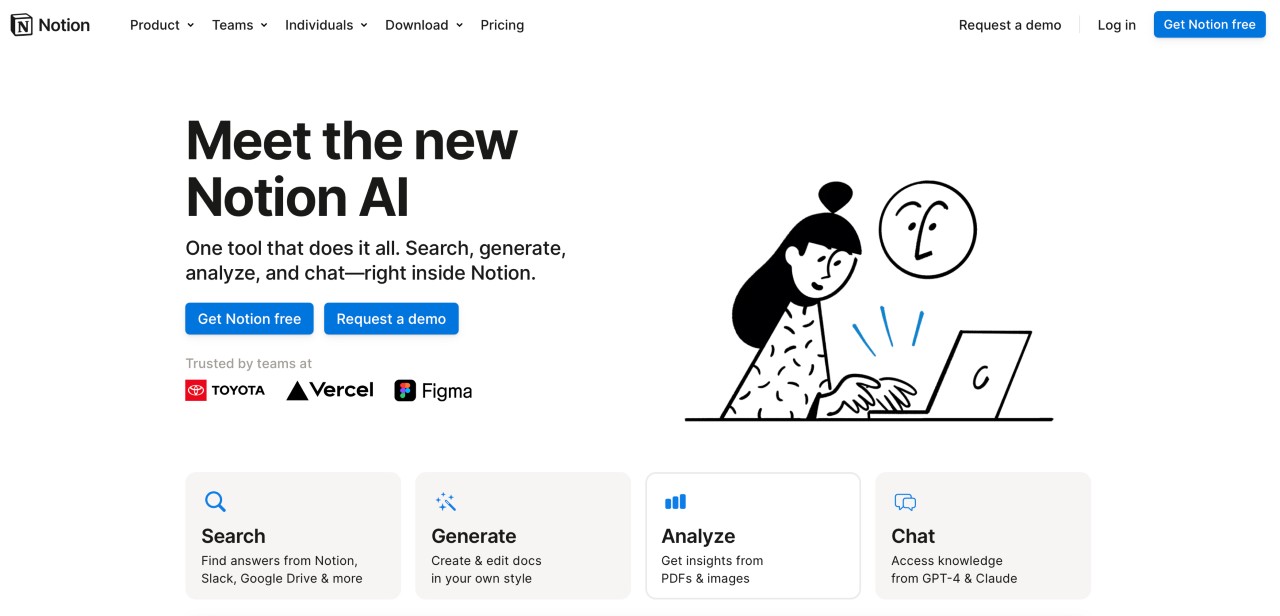
If your job involves notes, documents, wikis, and project tracking, Notion AI 2025 is your tool.
Over 100 million people use Notion. It’s a workspace that replaces 10 different apps. Notes, databases, wikis, project boards, and calendars all in one place.
Notion AI adds writing help, summarization, and auto-formatting. Ask it to clean up meeting notes. Have it write first drafts. Tell it to organize your scattered thoughts into a structure.
Cost: $10 per month for AI features.
Grammarly: For Professional Writers

If you write emails, reports, proposals, or content all day, Grammarly is essential.
It’s more than spell check. Grammarly catches tone problems. It suggests clearer phrasing. It adjusts your writing style based on your audience.
Writing to your boss? Grammarly makes it more formal. Writing to customers? It makes it friendlier. Writing a sales email? It makes it more persuasive.
The AI productivity specialization here is pure writing quality. It works everywhere: Gmail, Google Docs, Slack, LinkedIn, even text messages.
Cost: $12-15 per month.
Descript: For Video and Audio Creators
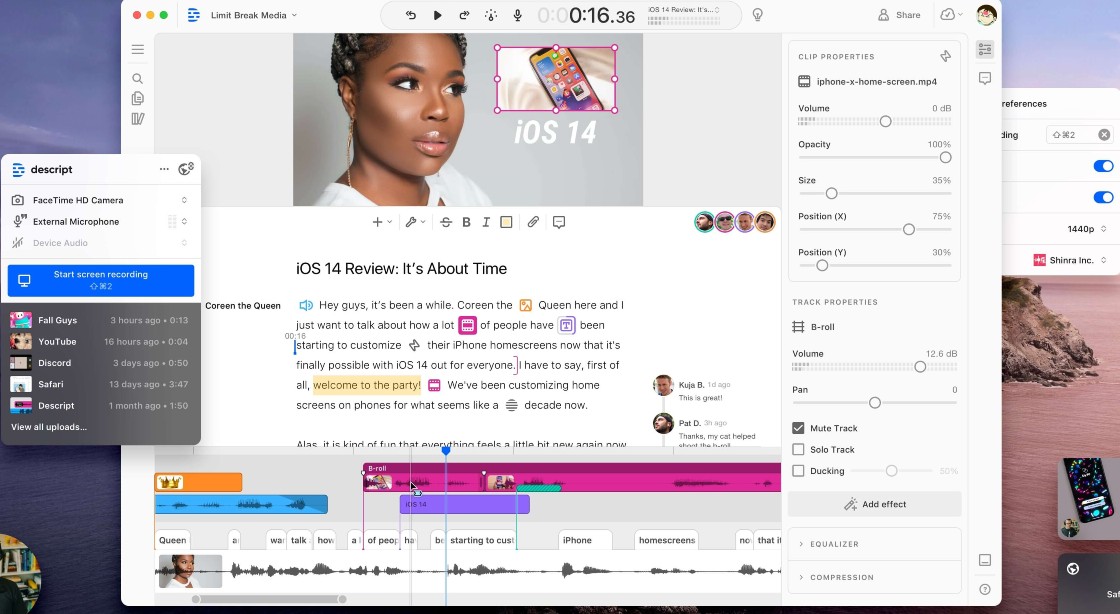
Upload your video or audio. Descript creates a transcript automatically. Edit the video by editing the text. Delete a sentence from the transcript, and that part disappears from the video.
Remove “ums” with one click. Generate clips for social media. Add captions automatically. Clone your voice for corrections.
Cost: $12-24 per month depending on features.
How to Implement This 4-Tool Stack (Action Plan)
Making the switch takes one month. Here’s your week-by-week AI tool implementation plan.
Week 1: Find All Your Subscriptions
Open your bank statement. List every software charge from the last 3 months. Create a simple spreadsheet with three columns:
i. Tool name
ii. Monthly cost
iii. Last time you actually used it
Be honest about that third column. “I might use it someday” doesn’t count. Add up the total. Most people discover they’re spending $200-300 per month on tools they barely touch.
Week 2: Pick Your Four
Use this decision tree:
Conversational AI: ChatGPT or Claude? Pick one. Test both free versions for 3 days. Choose the one you open more often.
Visual creation: Canva. Just use Canva. The free version works for most people.
Automation: Zapier if you’re new to automation. Make if you like visual workflows.
Specialty: What do you do most? Writing = Grammarly. Documents = Notion AI. Video = Descript.
Week 3: Connect Everything
Set up one automation per day. Start simple:
Day 1: Connect your chatbot to your calendar
Day 2: Auto-save Canva designs to Google Drive
Day 3: Send new leads from forms to your CRM
Day 4: Auto-post content to social mediaDay 5: Create a weekly report automation
Each automation takes 10-15 minutes to build. By Friday, you have 5 workflows running forever.
FAQs
1. How much money does the 4-tool stack actually save?
Most people spend $200-300 per month on scattered AI subscriptions. The 4-tool stack costs $60-100 per month.
2. What if my industry needs specialized AI tools?
You still use the 4-tool framework. You just swap tool #4 for your industry-specific needs.
3. Can I start with free versions before paying?
Yes. Every tool has a free option to test first.


